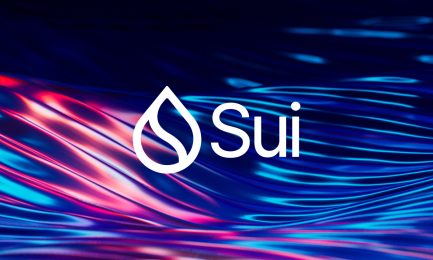
SH and SDS analysis: the case against these S&P 500 ETFs
- The S&P 500 index has soared from $44 in 1957 to $5,300 today.
- It has bounced back from past dips, like the dot com bubble and the housing crisis.
- The Short and UltraShort S&P 500 ETFs have underperformed the market.
The Short S&P 500 (SH) and UltraShort S&P 500 (SDS) ETFs have plunged hard this year as US equities have continued their strong uptrend. Their total returns in 2023 stood at minus 8.85% and minus 17.8% in 2023 and by 19.95% and 36.47% in the past 12 months. In contrast, the S&P 500 index has risen by 11.5% and 26% in the past year.
S&P 500 index has done well
Copy link to sectionThe S&P 500 index has been one of the best-performing indices globally. It was established in 1957 and started at a value of $44.6. Today, the index has jumped to over $5,300, meaning that $1,000 investment on its first day would be worth almost $94,000.
The index has evolved and is now made up of the biggest companies in the world, with the six biggest ones having a market cap of $13.4 trillion or 47% of the US GDP. It is made up of the most important firms globally like Amazon, Microsoft, and Apple.
Most importantly, a closer look at the fund shows that it always rises and recovers after big dips. It recovered from the 1997 Asian currency crisis, the dot com bubble, the Global Financial Crisis, and the start of the Covid-19 pandemic.

SDS vs SH ETF charts
Short S&P 500 ETFs are risky
Copy link to sectionTherefore, investing in the SH and SDS ETFs has been one of the worst investments in Wall Street since the two have shed 57% and 85%, respectively in the past five years. Unlike other long ETFs like SPY and VOO, which have an expense ratio of 0.03%, these two have 0.88% and 0.90%. That makes them one of the most expensive ways to go broke.
The SH ETF aims to generate a daily return that corresponds to -1% of the daily performance of the S&P 500. The SDS is a similar fund, with the only difference being that it seeks -2x the daily performance of the index. For example, the VOO ETF rose by 0.10% on Monday while the SH and SDS dropped by 0.08% and 0.016%, respectively.
These ETFs may continue dropping for three main reasons. First, there are hopes that central banks in the developed world will start to cut interest rates soon. Rate cuts will be a boom for stocks as they will lead to a rotation from bonds to stocks. Investors have allocated over $6 trillion in US money market funds.
Second, American companies are doing well, with the recent earnings growth coming in at 5.4%, its highest level since Q2’22. Most companies, including key names like Microsoft, Amazon, and Exxon Mobil published strong results.

S&P 500 index chart
Finally, technicals are supportive of the S&P 500. On the chart above, we see that the index rose above the crucial resistance level at $5,267, invalidating the double-top pattern. It has also jumped above all moving averages, pointing to more gains.
If this happens, the index will likely rise to the key resistance at $6,000. In fact, Morgan Stanley’s Mike Wilson, a leading bear, has recently turned bullish.
More industry news







